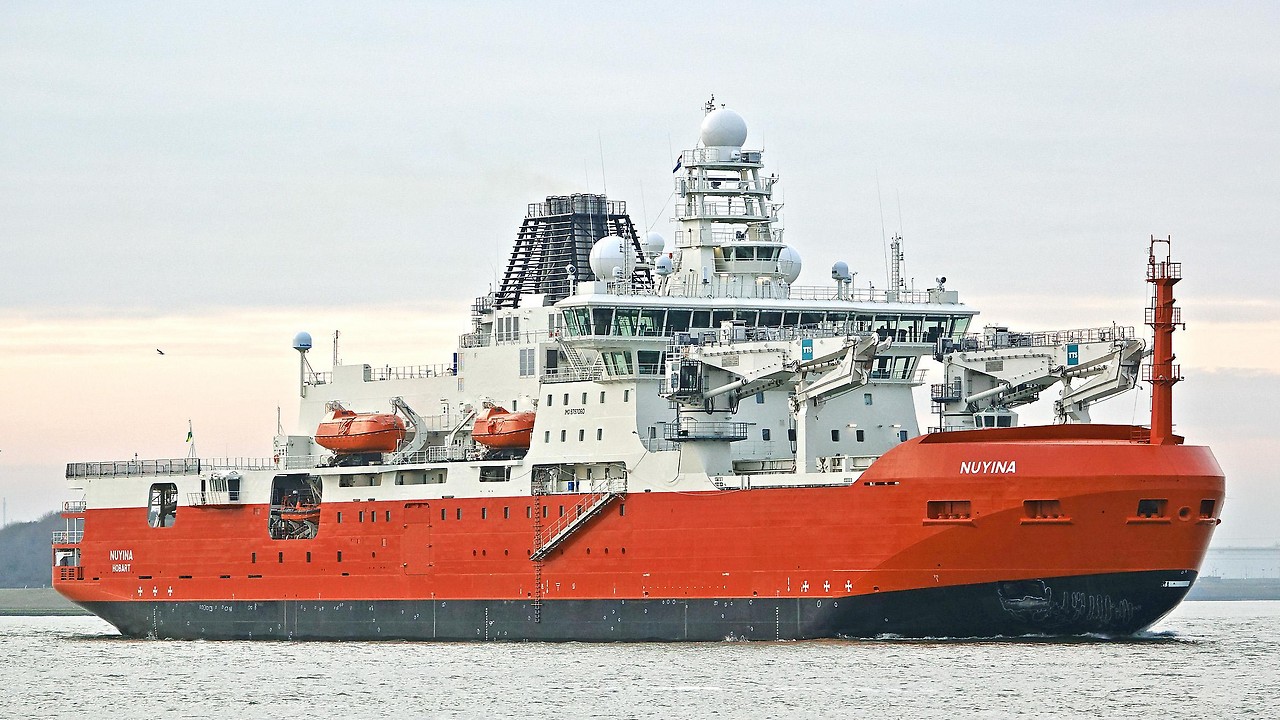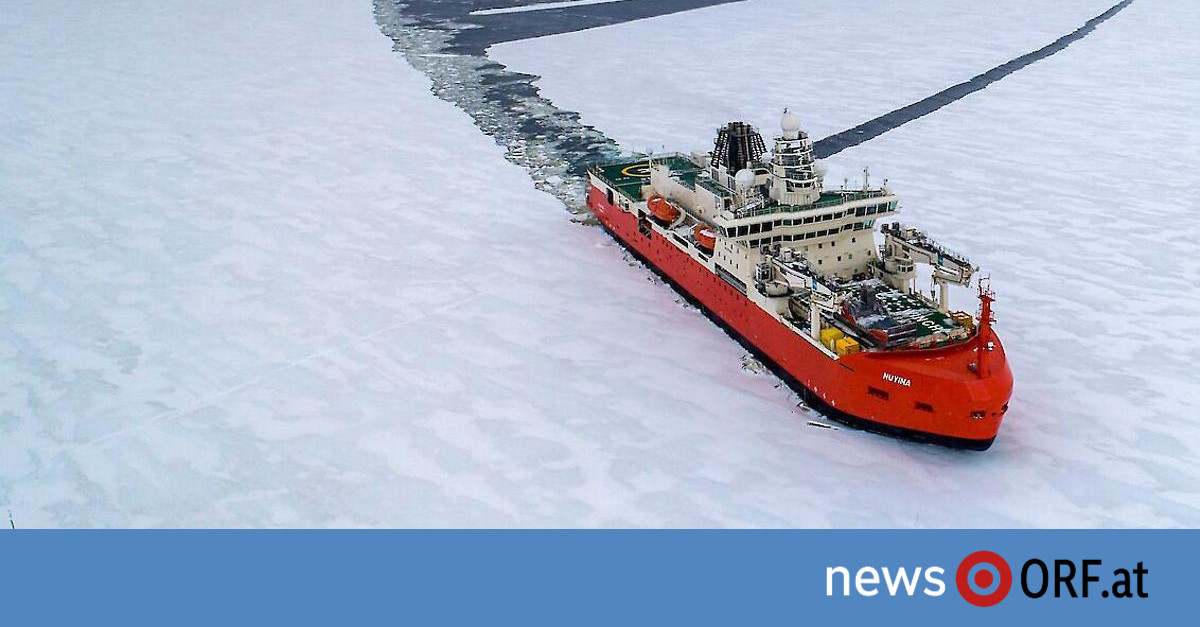The RSV Nuyina, which supplies supplies to Australia’s three Antarctic stations and carries out critical climate research, is docked at Port Macquarie in Hobart. The petrol station at Selfs Point is a short distance upstream and the Tasman Bridge lies between them. Tasmania’s ports authority, TasPorts, feared the 160-metre vessel was too large to fit under the bridge and refused passage.
TasPorts has announced that passage under the Tasman Bridge will only be possible after tests and simulated drives are completed. The refusal came despite TasPorts granting the vessel conditional clearance to pass under the Tasman Bridge in February 2022 after “extensive and careful risk assessments”. TasPorts president Anthony Donald retracted shortly thereafter and explained that the authority had an obligation to “ensure the highest standards of safety in maritime traffic”.

Memories of 1975
According to Port of Tasmania President Michael Wall, the final decision was made only a few weeks ago. Wall justified the ban to ABC television by saying that the ship had too great a drift angle to navigate safely through the narrow abutments of the Tasman Bridge.
Wall said they did not want to risk a repeat of the bridge collapse in 1975. At that time, a cargo ship collided with the bridge and caused it to partially collapse. Seven crew members and five people whose cars fell off the bridge were killed.
environment, time and money
The department responsible for Antarctic research at the Australian Department of the Environment (AAD) confirmed to the Guardian daily that the RSV Nuyina had not received a transit permit. To refuel, the icebreaker now has to travel the 364 nautical miles (about 674 kilometres) round trip to Burnie on the northwest coast of the island state instead of just over two nautical miles (about four kilometres). And it will remain so for the time being.
Wall said the ban in the current situation is a permanent decision. Two to four refuelings are required per shipping season. Still, the stakes for the bridge would be very high, even if “we were aware of the fact that AAD costs time and money,” says Wall. A statement from the AAD said it was working with the Tasmanian government on long-term bunkering options for the research vessel in Hobart.
“It’s very frustrating,” said Green Senator Peter Wish Wilson. Refueling the RSV Nuyina, hundreds of kilometers from its home port, would not only have an impact on the environment, but also potentially have an impact on funding research projects in Antarctica. So Wish Wilson. Earlier this year, AAD cut $25 million from its annual budget.

Another hit
The ban on passage is just the latest setback for the ship, which is billed as “Disneyland for scientists.” Time and time again, it had to suffer problems and lengthy repairs, which led to cancellations of research flights. Just earlier this year, the AAD’s chief scientist, Nicole Webster, confirmed that an expedition to the South Pole to study ice melt “will no longer be undertaken due to ‘RSV Nuyina’ problems”.
The delivery of the Romanian-built icebreaker had already been delayed by more than a year due to the coronavirus pandemic. Before arriving in Hobart in October 2021, the $528 million ship suffered engine failure during the maiden 47-day voyage to Australia. And at the end of December 2021, it embarked on its maiden voyage to the South Pole. Recently, “RSV Nuyina” was repaired in dry dock in Singapore for a long time and only returned to Hobart in April.

“Food practitioner. Bacon guru. Infuriatingly humble zombie enthusiast. Total student.”








More Stories
Kyiv: Russian Kursk offensive halted
US Presidential Election: Former US Government Officials Warn Against Donald Trump's Election
Netherlands wants to leave asylum system